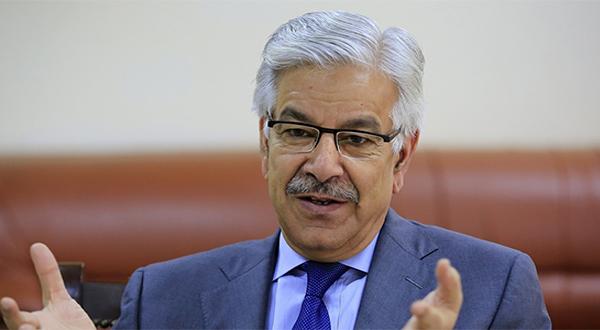- Home
- Technology
- News
Webb telescope fully deploys sunshield in mission milestone
The sunshield will be permanently positioned between the telescope and the Sun


Washington: The James Webb Space Telescope fully deployed its tennis-court sized sunshield Tuesday, a critical milestone for the success of its mission to study every phase of cosmic history, NASA said.
"All five layers of the sunshield are fully tensioned," said an announcer at the observatory’s control center in Baltimore, where team members cheered, a live feed showed.
The 70-foot (21 meter) long, kite-shaped apparatus acts like a parasol, ensuring Webb’s instruments are kept in the shade so they can detect faint infrared signals from the far reaches of the Universe.
Each of the layers was unfolded one by one over two days. Working together they offer an SPF (sun protection factor) of about one million.
Because the telescope was too large to fit into a rocket’s nose cone in its operational configuration, it had to be transported folded, origami style. Unfurling is a complex and challenging task, the most daunting such deployment NASA has ever attempted.
"This is the first time anyone has ever attempted to put a telescope this large into space," Thomas Zurbuchen, associate administrator for NASA’s science mission directorate, said in a statement.
"The success of its most challenging deployment -- the sunshield -- is an incredible testament to the human ingenuity and engineering skill that will enable Webb to accomplish its science goals."
Hillary Stock, a sunshield deployment specialist for Northrop Grumman, told reporters on a call: "It was a wonderful moment. There was a lot of joy, a lot of relief."
The most powerful space telescope ever built and the successor to Hubble, Webb blasted off in an Ariane 5 rocket from French Guiana on December 25, and is now more than halfway to its orbital point, a million miles (1.5 million kilometers) from Earth.
Its infrared technology allows it to see the first stars and galaxies that formed 13.5 billion years ago, giving astronomers new insight into the earliest epoch of the Universe.
Visible and ultraviolet light emitted by the very first luminous objects has been stretched by the Universe’s expansion, and arrives today in the form of infrared, which Webb is equipped to detect with unprecedented clarity.
Its mission also includes the study of distant planets to determine their origin, evolution, and habitability.
- Built to withstand meteoroids -
The sunshield will be permanently positioned between the telescope and the Sun, Earth and Moon, with the Sun-facing side built to withstand 230 degrees Fahrenheit (110 degrees Celsius).
Each successive layer is cooler than the one above it, allowing the telescope’s sensitive instruments to operate at -380F.
It is made of lightweight material called Kapton, coated with treated silicon. It also has special "ripstop" seaming to limit damage from meteoroids.
Though Webb will reach its space destination, known as the second Lagrange point, in a matter of weeks, it still has around another five and a half months of setup to go.
Next steps include deploying its secondary and primary mirror wings, aligning the telescope’s optics, and calibrating its science instruments.
SOURCE: AFP
Under-19 Asia Cup: India beat Pakistan by 90 runs
- a day ago
Messi mania peaks in India’s pollution-hit capital
- 5 minutes ago
Seven khwarij killed, soldier martyred in DI Khan counter-insurgency operation: ISPR
- 3 hours ago
Week-long anti-polio campaign underway across country
- 3 hours ago
Australian PM declares Sydney shooting a ‘terrorist’ attack targeting Jews
- 21 hours ago
Bondi Beach shooting: Australia hails ‘hero’ Ahmed who stopped gunman
- a day ago

Pakistan condemns attack on UNISFA in Kadugli, Sudan
- a day ago

SBP slashes key policy rate to 10.5pc
- 3 hours ago

How do you know if you’re wasting your life?
- 14 hours ago
Pakistan aims to become model in digital assets regulation: Bilal saqib
- a day ago
Security forces kill 13 Khwarij in two separate engagements in KP: ISPR
- a day ago
Sindh govt announces release of film ‘Mera Layari’ in Jan 2026
- 8 minutes ago













